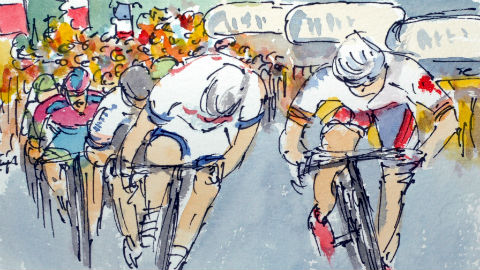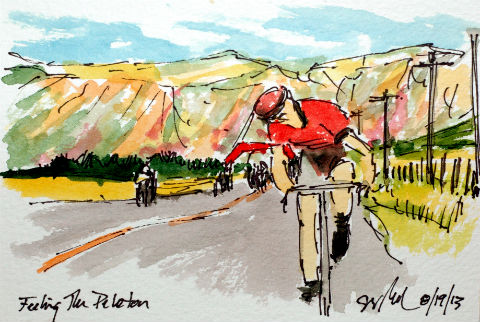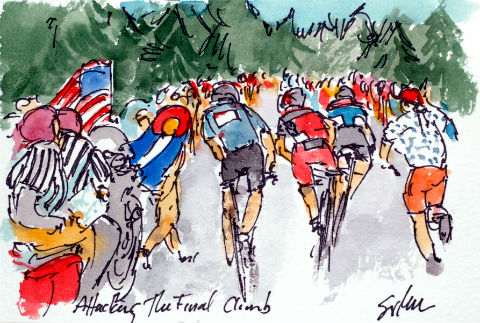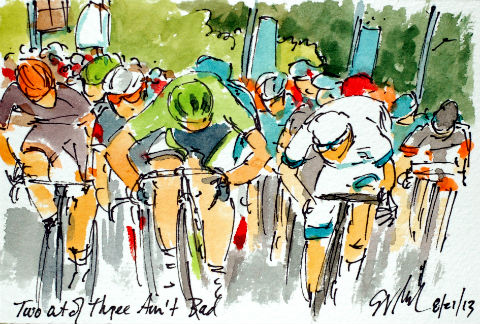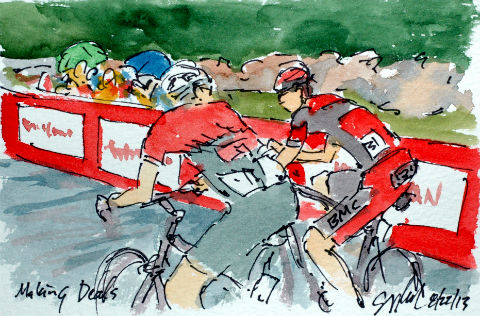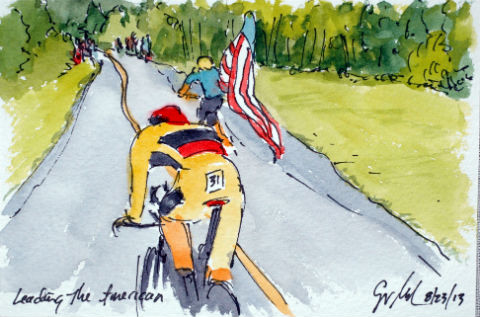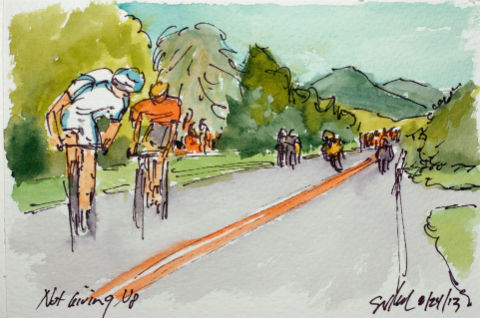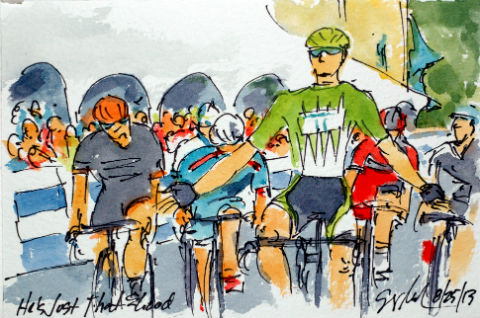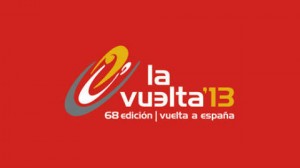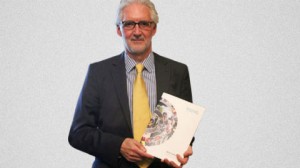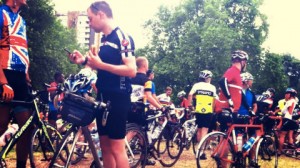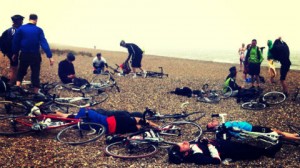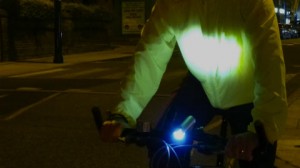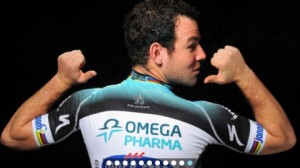 The rise in popularity of cycling in the UK over the last few years has been undeniably phenomenal and it’s been heartening to see that the increase in the number of women taking to two-wheels has been as sustained and impressive as for men, with an estimated 63,000 more women cycling regularly during the last 12 months alone. In no small part this trend has been encouraged and supported by Breeze, set up in May 2011 by British Cycling and designed to: ‘…tackle barriers facing women and provide as many fun and free opportunities to help them get back on their bikes.’
The rise in popularity of cycling in the UK over the last few years has been undeniably phenomenal and it’s been heartening to see that the increase in the number of women taking to two-wheels has been as sustained and impressive as for men, with an estimated 63,000 more women cycling regularly during the last 12 months alone. In no small part this trend has been encouraged and supported by Breeze, set up in May 2011 by British Cycling and designed to: ‘…tackle barriers facing women and provide as many fun and free opportunities to help them get back on their bikes.’
Whilst the equally commendable Cycletta events – staged by Human Race – focus more on semi-competitive (and sometimes downright competitive) sportive-style rides, Breeze’s more relaxed approach has helped thousands of women regain, or discover for the first time, the thrill of the bike with the mantra: ‘Cycling is all about the unbridled joy of butterflies in your tummy and the wind in your face as you freewheel down a hill.’
With support from the National Lottery – via Sport England’s Active Women’s fund – a local network of trained female Breeze champions was created to provide local opportunities for women. British Cycling has already trained over 950 passionate and enthusiastic female volunteers to become Breeze champions (if you’re interested in becoming one click here) and so far, they have helped deliver almost 5,000 bike rides and inspired over 26,000 women to get involved; impressive for a scheme barely two and a half years old. Natalie Justice, the Women’s Network Project Manager for British Cycling says: ‘Our Breeze champions are at the heart of everything we do and are a real inspiration to women in their local communities. Getting into cycling doesn’t have to be a daunting experience and our champions are there to support participants and start them on their cycling journey.’
So how does a Breeze ride work? Designed to suit all ages and abilities, the majority of the rides are on traffic-free routes designed to be ideal for busy mums and anyone who hasn’t been on a bike for a while. Led by women, for women, the rides usually start or end at a local café, where cake and conversation reinforce the informal, friendly nature that has made them such a success. In addition because many of the rides are designed to embrace riders’ children too they represent an opportunity for ‘quality time’, whilst actively encouraging the next generation of Laura Trotts and Joanna Rowsells
Last year saw a growing number of successful Breeze cycling events for women. From informal bike riding events like the Big Breeze Bike Ride and Breeze in the Park, through to a partnership with the aforementioned Cycletta and collaborative work with a number of other sportive organisers to provide more challenging rides for women.
But it’s not all about the ride. Buying a bike or getting one repaired can also be something of a daunting experience and Breeze campaign for and promote female-friendly bike shops, and their partnership with the Association of Cycle Traders (ACT) promotes independent bike shops who support women new to bike riding with straightforward advice, a range of women’s bikes and family kit, and information on local rides and bike hire facilities. These partnerships have already helped accredit over 300 independent bike shops and is continuing to influence some positive changes for women within the industry.
Breeze has proven an integral part in the rise of UK cycling and it continues (with your help) to go from strength to strength. To be a part of the Breeze network please visit breezebikerides.com

